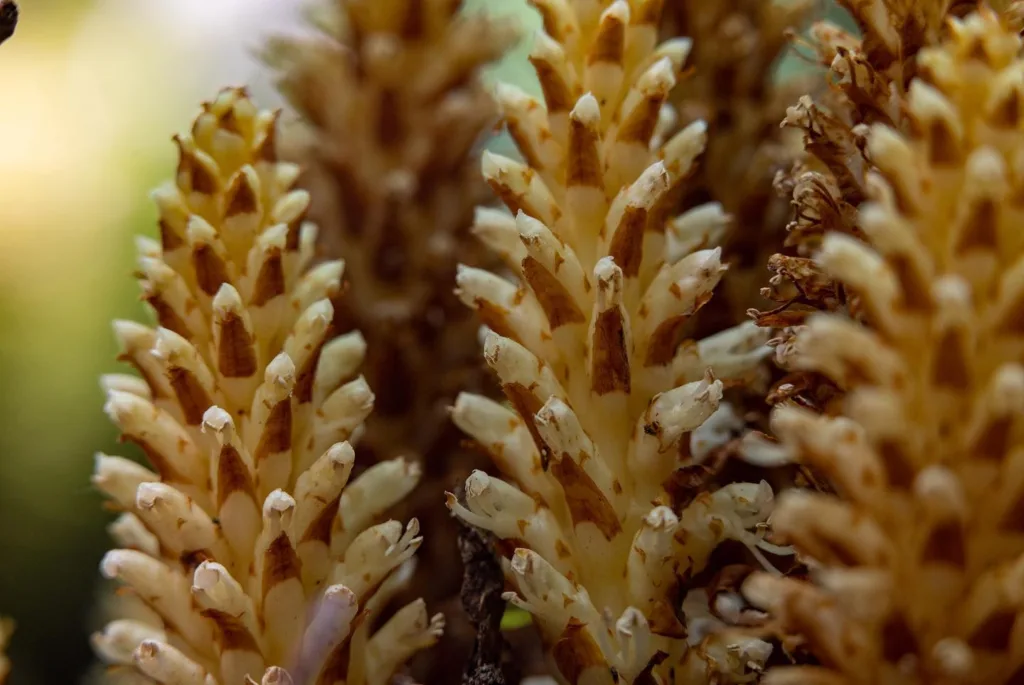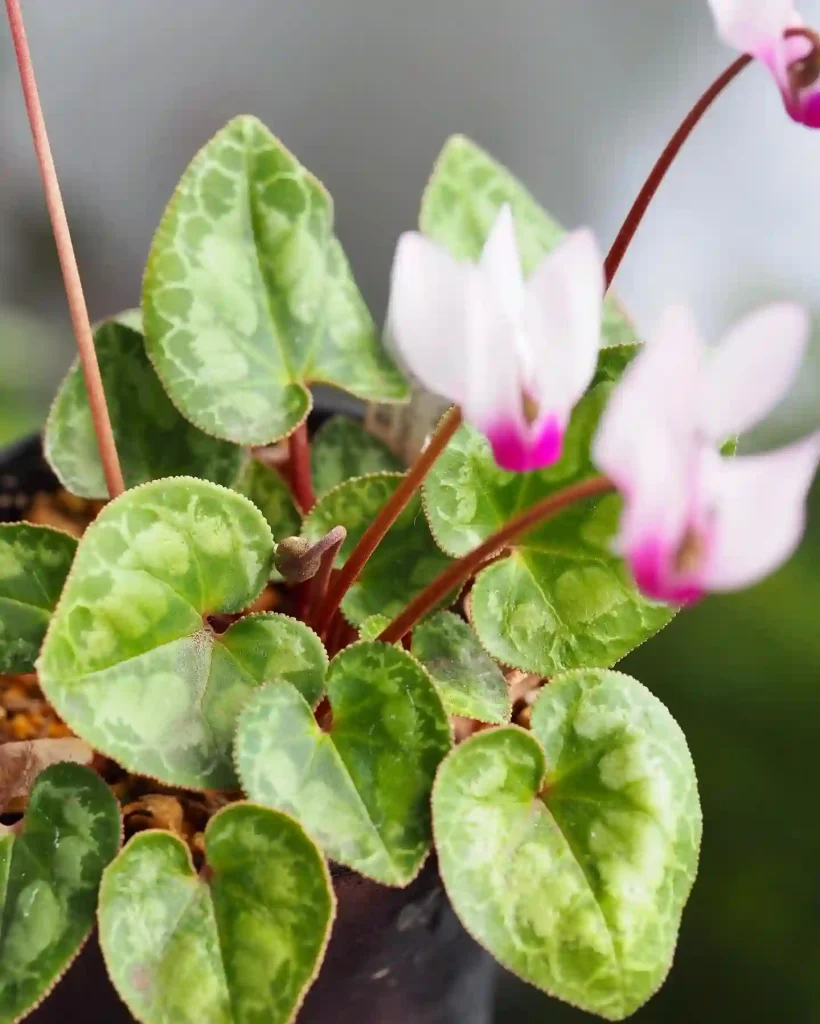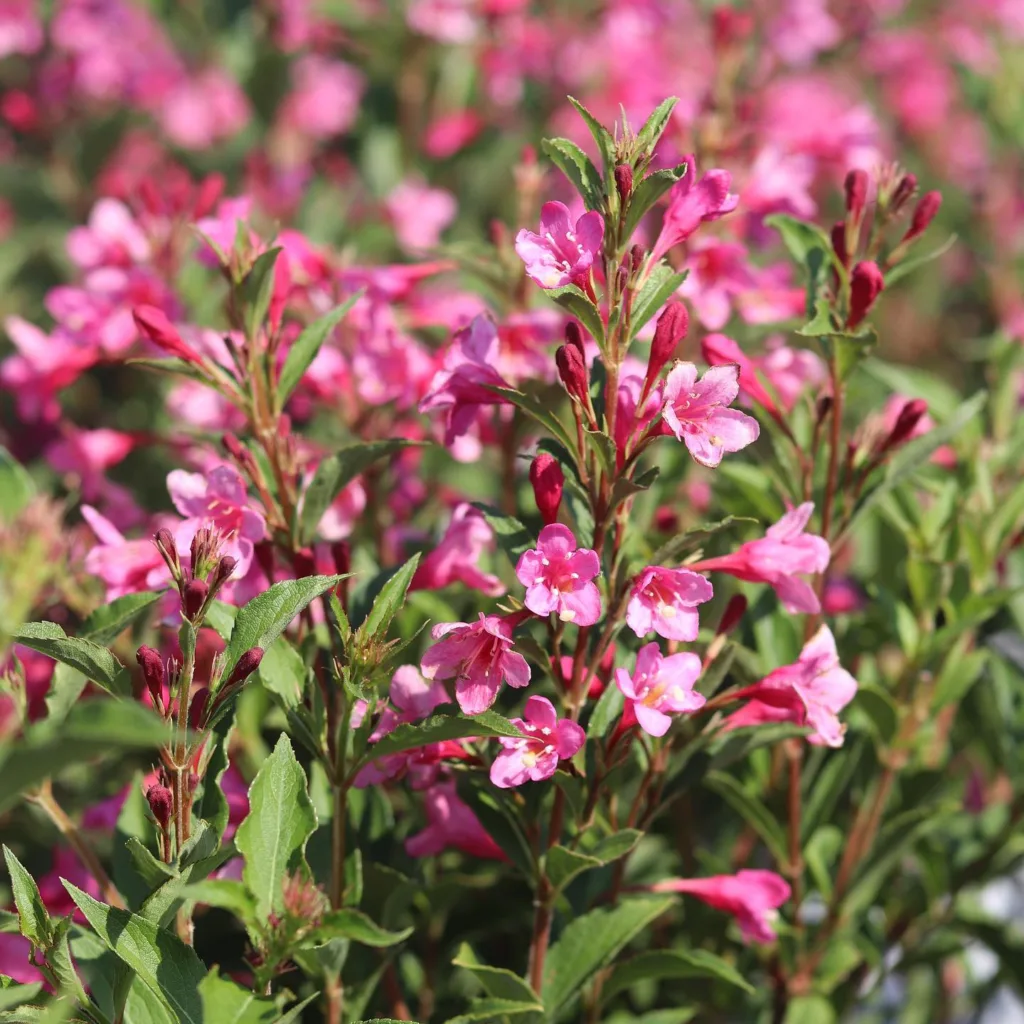
June 20 – Symphoricarpos
"Symphoricarpos, the snowberry, represents June 20."
Symphoricarpos symbolizes resilience and quiet beauty. Much like this unassuming shrub, you bring strength through your calm and steady nature. Your ability to adapt to any situation, remaining grounded and dependable, makes you a true support for those around you. Like its delicate berries, your presence is subtle but meaningful, leaving a lasting impression in the hearts of others.
Snowberry: A Deep Dive with Ferb Vu
The plant world is full of surprises. From towering redwoods to delicate orchids, the diversity of the plant kingdom is truly awe-inspiring. Today, I, Ferb Vu, want to shed light on a genus of plants that often gets overlooked despite its unique beauty and ecological importance: Symphoricarpos. Commonly known as snowberry, waxberry, or ghostberry, this genus boasts a fascinating array of shrubs that have captivated me with their intriguing features and adaptability.
What is Symphoricarpos?
Symphoricarpos is a genus of about 15 species of deciduous shrubs belonging to the honeysuckle family, Caprifoliaceae. These shrubs are native to North America and China, with a few species found in Central America. They are known for their distinctive clusters of small, berry-like fruits that persist throughout the fall and winter, providing a splash of color in an otherwise dormant landscape. The fruits, typically white or pink, are fleshy and visually appealing, although most are considered inedible to humans.
Why Symphoricarpos Matters
While often admired for their ornamental value, snowberry shrubs play a significant role in their ecosystems. They provide food and shelter for various wildlife species, including birds and small mammals. The dense thickets formed by some species offer excellent nesting sites and cover for ground-dwelling animals. Moreover, Symphoricarpos contributes to soil stabilization and erosion control, making it a valuable component of natural landscapes.
A Closer Look at Symphoricarpos Species
The diversity within the Symphoricarpos genus is quite remarkable. Here’s a list of species:
- Common Snowberry (Symphoricarpos albus): This widespread North American species is characterized by its white berries and adaptability to various soil conditions.
- Coralberry (Symphoricarpos orbiculatus): Native to eastern North America, this species is distinguished by its pink to purplish-red berries and preference for moist habitats. – Plant FAQs: Symphoricarpos Orbiculatus – Coralberry
- Western Snowberry (Symphoricarpos occidentalis): This species, found in western North America, features white berries and thrives in open woodlands and grasslands.
- Roundleaf Snowberry (Symphoricarpos rotundifolius): Native to the southwestern United States and Mexico, this species is known for its small, rounded leaves and white berries.
- Chinese Coralberry (Symphoricarpos sinensis): This species, native to China, is unique for its red berries and ornamental value.
- Symphoricarpos acutus (A.Gray) Dieck
- Symphoricarpos guadalupensis Correll
- Symphoricarpos guatemalensis J.K.Williams
- Symphoricarpos hesperius G.N.Jones
- Symphoricarpos longiflorus A.Gray
- Symphoricarpos microphyllus (Humb. & Bonpl. ex Schult.) Kunth
- Symphoricarpos mollis Nutt. – Plant FAQs: Symphoricarpos Mollis – Soft Coralberry – Woolly Snowberry
- Symphoricarpos oreophilus A.Gray
- Symphoricarpos palmeri G.N.Jones
- Symphoricarpos parishii Rydb.
The Allure of Snowberry
For me, the appeal of Symphoricarpos lies in its understated elegance and resilience. These shrubs don’t demand attention with flashy blooms; instead, they offer a subtle beauty that unfolds throughout the seasons. The delicate flowers, often overlooked in the spring, give way to vibrant berries that become a focal point in the fall and winter. This transformation, coupled with the shrubs’ ability to thrive in diverse environments, makes Symphoricarpos a truly captivating genus.
Symphoricarpos in the Garden
The versatility of Symphoricarpos makes it a welcome addition to any garden or landscape. Its compact size and dense growth habit make it suitable for hedges, borders, and foundation plantings. The colorful berries provide winter interest and attract wildlife, adding life to the garden during the colder months. Moreover, snowberry’s tolerance to various soil types and light conditions makes it a low-maintenance choice for gardeners of all levels.
Beyond the Garden
The importance of Symphoricarpos extends beyond its ornamental value. The berries of some species, while not palatable to humans, are a valuable food source for birds and other wildlife. The shrubs’ ability to stabilize soil and prevent erosion makes them useful in ecological restoration projects. Moreover, Symphoricarpos has been used in traditional medicine for its purported medicinal properties.
A Personal Connection
My fascination with Symphoricarpos stems from a childhood memory. I recall exploring a nearby woodland and stumbling upon a thicket of snowberry shrubs laden with white berries. The sight of those glistening fruits against the backdrop of autumn foliage left a lasting impression on me. Since then, I’ve developed a deep appreciation for this unassuming yet remarkable genus.
Looking Ahead
As we continue to learn more about the natural world, the importance of plants like Symphoricarpos becomes increasingly evident. Their ecological contributions, coupled with their aesthetic appeal, make them invaluable assets in our landscapes and gardens. I encourage everyone to take a closer look at these fascinating shrubs and appreciate the subtle beauty they offer.
In conclusion, Symphoricarpos, with its diverse array of species and ecological significance, deserves recognition beyond its ornamental value. Its resilience, adaptability, and understated elegance make it a true gem in the plant kingdom. I, Ferb Vu, hope that this article has shed light on this often overlooked genus and inspired a newfound appreciation for its unique beauty and ecological importance.
If i die, water my plants!



